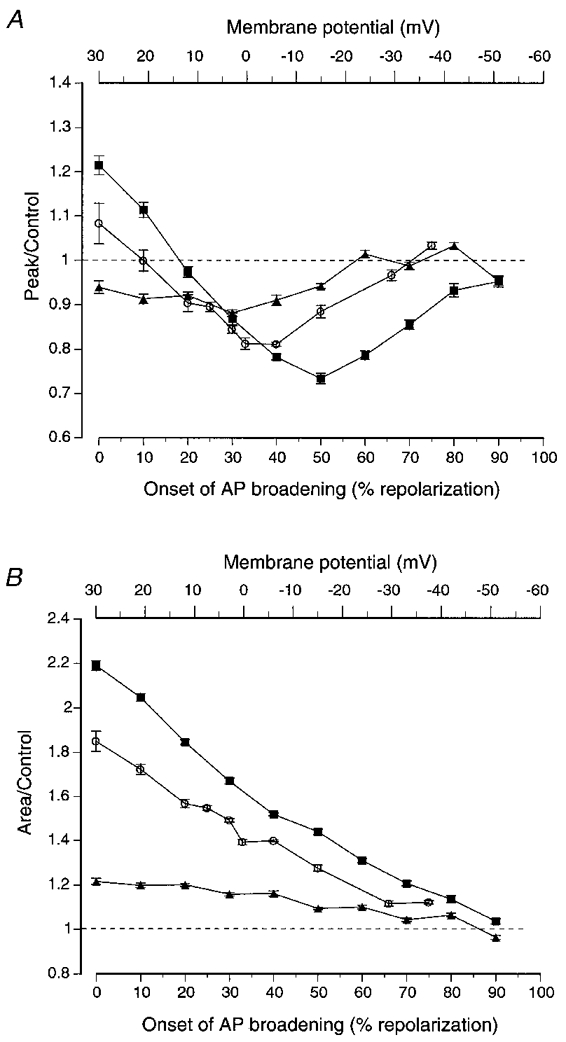Figure 5. Summary of the effects of AP broadening on the three AP waveforms tested.

A, broadening of the three different AP waveforms had different effects on peak calcium current. Broadening the slow AP, in which calcium current activation had been shown to be maximal near the peak of the AP, only resulted in decreases in peak calcium influx (▴). Broadening the medium AP resulted in increases in peak calcium current when the broadening began before 10 % of AP repolarization (+21 mV), but in decreases in peak calcium current when it began later than 10 % of repolarization (○). Maximal decreases in peak calcium current resulted from broadening that began when the AP had repolarized by about 40 % (-6 mV). Broadening the fast AP resulted in increases in peak calcium current when the broadening began before 20 % of AP repolarization (+12 mV), but decreases in peak calcium current when it began later than 20 % of repolarization (▪). Maximal decreases in peak calcium current resulted from broadening that began when the AP had repolarized by about 50 % (-15 mV). B, broadening AP waveforms always increased the total calcium influx (measured as the integral) independent of when AP broadening began (except at very late phases of the AP, where there were no significant effects). All values are the mean ± s.e.m. (n > 14).
